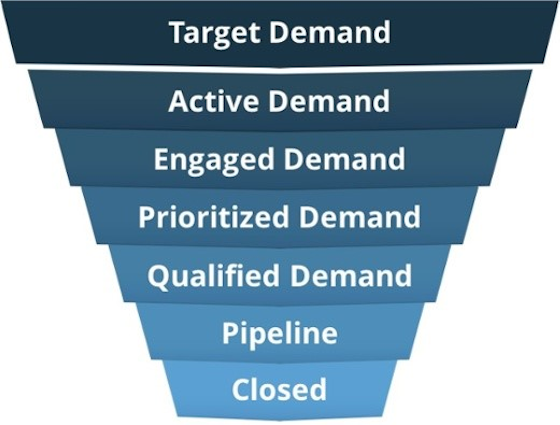Since its launch, over 10 years ago, the demand waterfall became synonymous with Sirius Decisions’ and you wouldn’t know one without the other. It became the gold standard methodology for defining key process stages and handoff points in the lead management process and has been used to help align sales and marketing.
Despite a waterfall being ever flowing the Sirius Decisions model has barely changed over the years, until now, the biggest amend was in 2012. The reason for the update was to stay in line with the market evolution with the rise and importance of inbound marketing and tele sales and recognition that sales generated leads too - the model took this into account.
The recognised model was devised:



